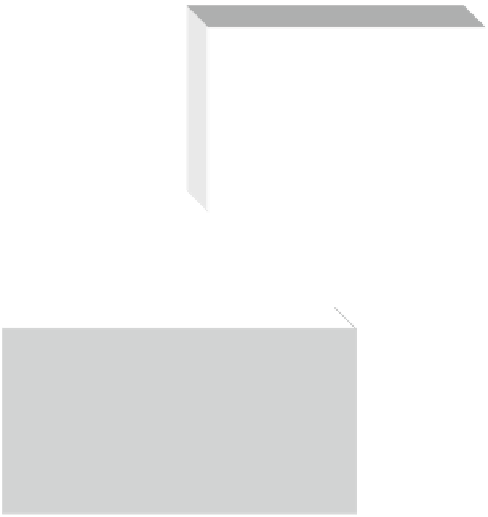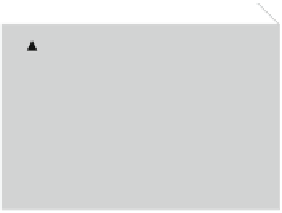Information Technology Reference
In-Depth Information
An Unaligned Organization
Partially Aligned Organization
Organizations without any compliance of TQM
Principles
Organizations in partial compliance of TQM
Principles
Totally
Aligned
Organization
Organizations in full compliance of TQM
Principles
Fig. 1 Organizational alignment
Management boards and National Education Regulatory bodies) to make a con-
sidered judgment about institution performance and plugging the gaps to achieve
the TQM goals. In order to further the goal of continuous improvement for
delivering the quality education it is imperative for the educators to identify the
roadblocks and weaker areas. Ten self assessment indicators developed by Sallis
(
2002
) have been globally used and acknowledged in the realm of higher education.
With a view to administer the research tool (Questionnaire) to a select pool of
professional higher education respondents (Students, faculty, staff) belonging to
Engineering and Management stream. Self assessment indicators have reduced to
nine, retaining three generic parameters (effective learning and teaching, leadership
and students) and including six new parameters (Administrative setup, Research,
Faculty with experience and industrial exposure, Industry
Institute Interface,
Placement, Infrastructure). However, these six parameters may have some indirect
similarities to generic parameters of Sallis in terms of sub parameters but by and
large the modi
—
ed parameters remain different and serve the purpose to generate the
data set from the particular pool of survey respondents. It is obvious that higher
education is vastly diversi
ed domain and TQM practices are likely to yield better























































































































































































Search WWH ::

Custom Search